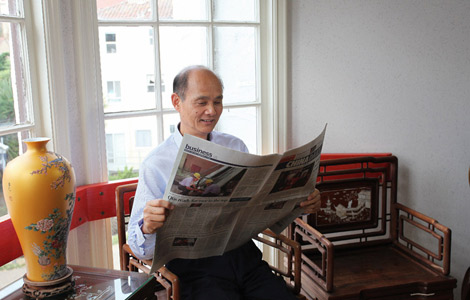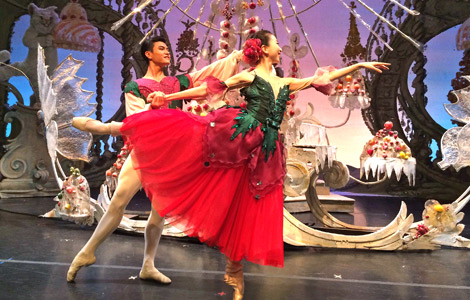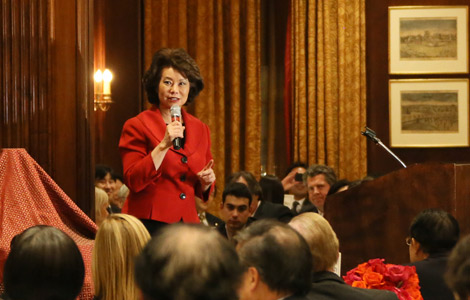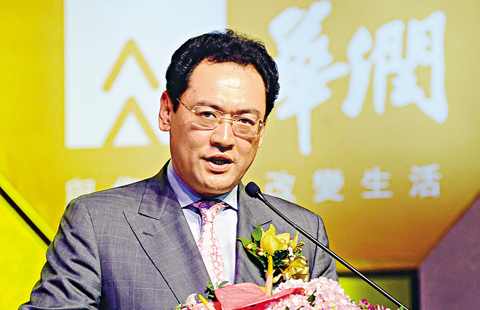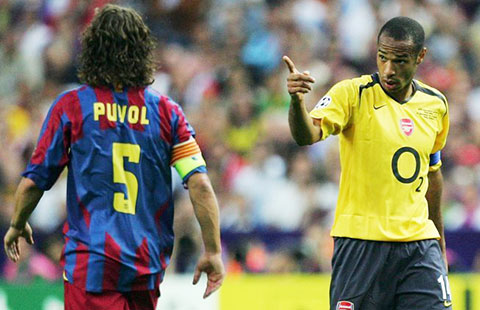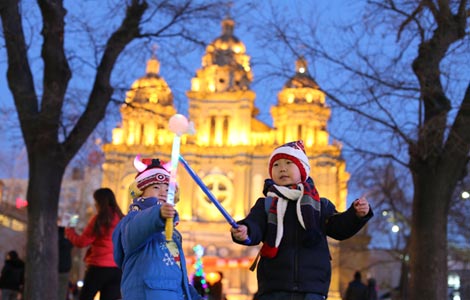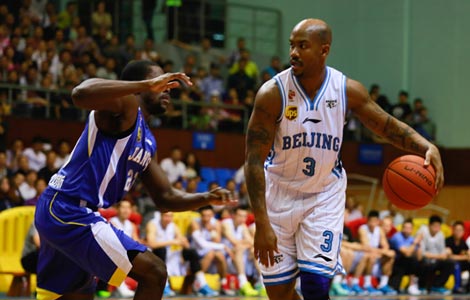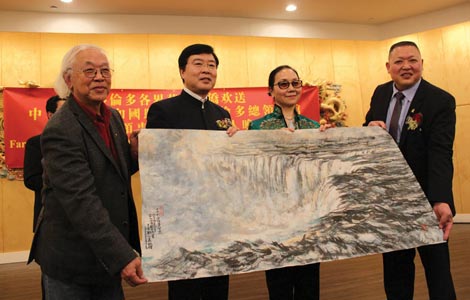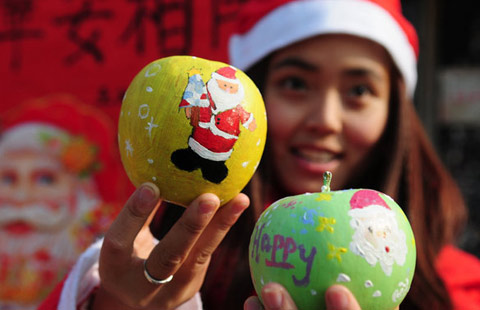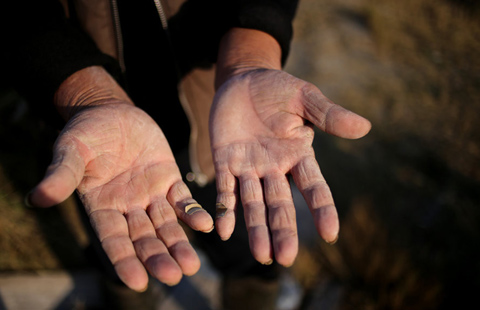Getting to know emperors through their stuff
Updated: 2014-12-12 01:09
By CHRISTOPHER DAVIS from New York(China Daily USA)
|
||||||||
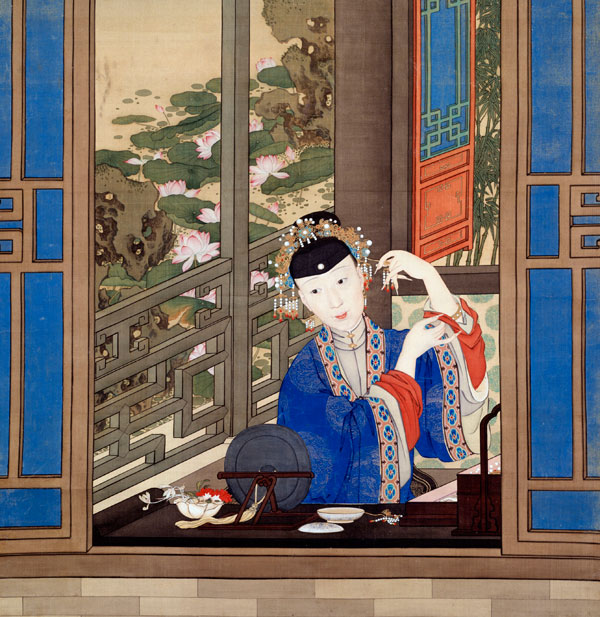 |
|
Portrait of Emperor Qianlong’s Concubine co-painted by 18th century Italian Jesuit missionary Giuseppe Castiglione. [Photo courtesy of the Palace museum, Beijing] |
Mysterious concubine
Another painting holds an intriguing revelation. It's a portrait of one of Emperor Qianlong's concubines sitting in a window doing her hair. At first glance it looks like a very Chinese painting - there's a lotus pond in the background with a Chinese balustrade, two signature standards of the form.
But on closer inspection, some things don't click. The whole composition of the painting - the woman at the window, heavy blue shutters on either side and a brick wall below - is not only not Chinese but it's a cliché of 17th century northern European painting.
Her facial features, as well, at first glance look Chinese, but up close reveal three-dimensional shaping and shading characteristic of Italian portraiture of the period, unlike the more flat style of the Chinese. The position of the hands and their anatomical precision also suggest the Italian Renaissance.
The palace collection had labeled the artist of the work "Anonymous court painter", but two artists actually worked on it - Qing court painter Jin Tingbiao, who did the background and costume, and an Italian Jesuit missionary named Giuseppe Castiglione, who went to China around 1715 and died there in 1766. There are four of his paintings in the exhibit.
"It's really kind of a hybrid of European and Chinese styles," Brook said. Jesuit missionaries who went to China to convert the Chinese were by and large kept sequestered inside the Forbidden City and worked for the emperor. Thus the emperors learned European mathematics, geometry and surveying, art and music.
"China in the 18th century wasn't particularly open to Western influences, but the court was," Brook said. "I think again because these emperors were not Chinese, they were Manchus, they were receptive to cultures coming from all over the world."
"It also speaks to those moments of extraordinary influence that went back and forth," Augaitis said, "and ideas of hybridity that we think of so much today but in fact they go back hundreds and hundreds of years."
The cultural objects in the exhibit express the ways in which the emperors wanted to be seen - as patrons of religion, patrons of the arts, as highly educated collectors, as men of literature and as men of leisure.
Brook said that if there was anyone in the 18th century who didn't have leisure time, it was the Chinese emperor. It was, after all, a huge empire to run and part of the exhibition is about the business of doing just that - carrying out the role of being the emperor, appearing to be the emperor, doing the things that emperors had to do. Their lives were occupied with ritual obligations, meeting foreign delegations and having to sign off on all significant legislation, including personnel decisions.
"They were extremely busy men," Brook said, and they often griped about it. "The standard complaint of an emperor was: ‘I was up to all hours of the night reading documents and I had to be back holding audience at court the following morning before dawn'. It was quite an onerous responsibility."
With the variety of objects in the exhibit, Broker and Augaitis also hope visitors come away with the sense that Chinese culture in the Qing Dynasty was multi-sided and complex with many parts to it.
Most Viewed
Editor's Picks

|

|
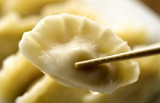
|
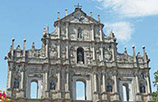
|
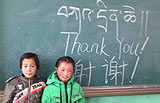
|
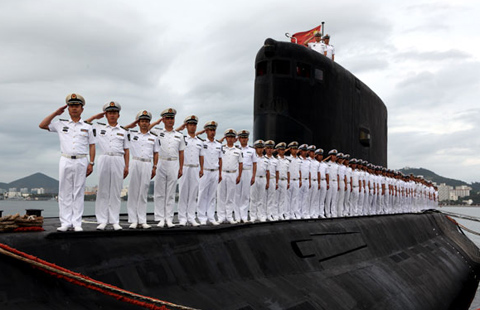
|
Today's Top News
Don't ignore own culture for Xmas, schools tell students
Christmas a day for Chinese food in US
China urged to tap Canada's talent
Research center honors late translator
Chinese dancer joins Nutcracker
Beauty firm's business not pretty in China
Reform set for GDP calculation
'Anti-graft' fight is hottest online topic
US Weekly

|

|
